
Nancy, the prefecture of the northeastern French department of Meurthe-et-Moselle, stands as a city rich in history, culture, and intellectual vibrancy. Once the illustrious capital of the Duchy of Lorraine, its narrative is woven into the very fabric of French and European history, marked by periods of independence, annexation, and a remarkable flourishing of arts and sciences. This urban center, with a city proper population of 104,387 as of 2022 and a metropolitan area encompassing 508,793 inhabitants as of 2021, proudly holds its position as Lorraine’s largest functional urban area and the 16th-largest in France.
Its historical depth is immediately evident in its architecture and urban planning, particularly in the famed Place Stanislas, a UNESCO World Heritage Site that epitomizes the grandeur of the Age of Enlightenment. Yet, Nancy is more than just a testament to a bygone era; it is a dynamic city that has consistently adapted and reinvented itself, becoming a significant educational and research hub, and a key economic player in the Grand Est region. The city’s enduring motto, “Non inultus premor” (Latin for ‘I am not injured unavenged’), a reference to the thistle, symbol of Lorraine, speaks to a spirit of resilience and proud identity that has permeated its history.
This in-depth exploration will traverse the multifaceted identity of Nancy, from its ancient origins and the pivotal historical events that shaped its destiny to its unique geographical setting, celebrated architectural heritage, and the evolving demographic landscape that defines its modern character. Through a comprehensive examination of its past and present, we aim to present a clear, objective, and authoritative account of this remarkable French city.

1. **Historical Genesis and Duchy Capital**The earliest verifiable signs of human habitation within the area that would become Nancy trace back to approximately 800 BC. These early settlers were likely drawn to the region by two primary natural advantages: the readily accessible iron ore deposits that could be easily mined, and a strategic ford in the Meurthe River, which would have facilitated passage and trade. Such foundational elements often dictated the establishment and early growth of communities in ancient times.
Over a millennium later, the name of the settlement first appears in historical records as “Nanciaco,” a designation whose etymological roots are believed to derive, potentially, from a Gaulish personal name. This linguistic link suggests a continuous, albeit evolving, human presence and cultural layering stretching from pre-Roman Gaul through the early medieval period. The formal establishment of a fortified settlement, known as Nanciacum or Nancy, is attributed to Gérard, who served as the Duke of Lorraine around the year 1050.
This nascent town, though fortified, faced significant challenges in its early centuries. In 1218, Nancy was subjected to destruction by fire at the conclusion of the protracted War of Succession of Champagne, a conflict that destabilized the region. Subsequently, it fell under the dominion of Emperor Frederick II, a powerful figure in European politics of the era. Despite these setbacks, the city was meticulously rebuilt in stone over the ensuing centuries, a testament to its strategic importance and the resilience of its inhabitants, as it steadily ascended in prominence as the capital of the Duchy of Lorraine.

2. **The Legacy of Stanislaus I and Enlightenment Flourishing**A pivotal moment in Nancy’s history arrived in 1736 with the ascension of Stanislaus I, the exiled Polish king and father-in-law to the reigning French monarch, Louis XV, to the vacant Duchy of Lorraine. His rule, though nominally exercised, initiated a transformative era for the city. Under his guidance, Nancy embarked upon a period of remarkable urban development and experienced a profound flowering of Baroque culture and architecture, profoundly influencing its aesthetic character and intellectual life.
Stanislaus I’s most enduring contribution to the city’s landscape was his ambitious project to construct Place Stanislas, a grand public square designed by the architect Emmanuel Héré. This magnificent square was conceived not merely as an ornamental space but as a vital connective tissue, physically and symbolically linking the medieval old town of Nancy with the newer city sections that had been developed under Charles III, Duke of Lorraine, in the 17th century. The Hôtel de Ville, a prominent structure on the south side of Place Stanislas, was completed in 1755, further anchoring this new urban vision.
The era of Stanislaus I, often referred to as a period of significant growth and cultural refinement, concluded with his death in February 1766. Following this event, the duchies of Lorraine and Barrois were officially and definitively incorporated into the Kingdom of France, transitioning from a semi-autonomous entity to a regular government of the French Crown. To solidify this new administrative structure, a parlement for Lorraine and Barrois was formally established in Nancy in 1776, marking the city’s full integration into the French administrative system.
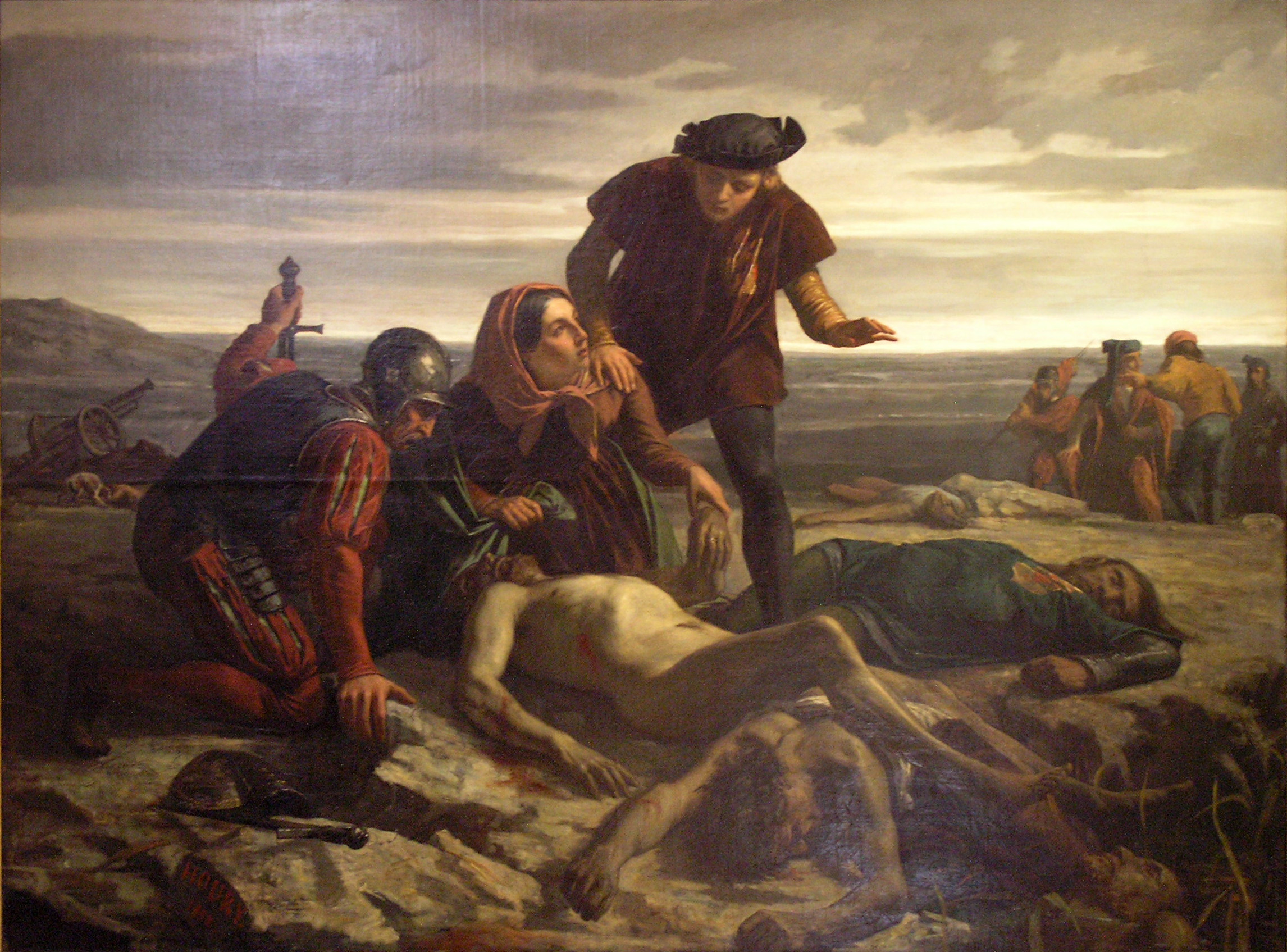
3. **A City Forged in Conflict: From Medieval Sieges to World Wars**Nancy’s historical trajectory is punctuated by significant conflicts that have profoundly shaped its identity and resilience. One of the most famous medieval confrontations occurred in 1477, the Battle of Nancy, wherein Duke Charles the Bold of Burgundy met his defeat and death. This decisive battle secured the independence of Lorraine, leading to René II, Duke of Lorraine, becoming the undisputed ruler and marking a crucial victory for the duchy.
Centuries later, as revolutionary fervor swept through France, Nancy found itself at the epicenter of internal strife. In the latter part of summer 1790, a full-scale mutiny, now historically recognized as the Nancy affair, erupted within the French Armed Forces stationed in the city. Forces loyal to the government were ultimately dispatched to quell the uprising, laying siege to the town and subsequently taking action against the mutineers, who were either shot or imprisoned, underscoring the volatility of the French Revolution’s early years.
The geopolitical landscape of the late 19th and early 20th centuries also cast a long shadow over Nancy. In 1871, following the Franco-Prussian War, Nancy maintained its status as a French city even as Germany annexed the neighboring territories of Alsace-Lorraine. This distinction led to a considerable increase in its population, as it became a primary refuge for French-speaking emigrants fleeing German rule from Alsace and Metz. However, the 20th century brought renewed conflict; Nancy suffered damage during World War I and was subsequently occupied by German forces in 1940 during World War II, a period during which it was renamed Nanzig. The city’s liberation came in September 1944, as the US Third Army successfully freed it from Nazi Germany during the Battle of Nancy, cementing its place in the annals of modern European warfare.

4. **Place Stanislas and the UNESCO World Heritage Ensemble**The architectural and urban planning zenith of Nancy is undoubtedly represented by the ensemble of Place Stanislas, Place de la Carrière, and Place d’Alliance, which collectively attained UNESCO World Heritage Site status in 1983. The focal point, Place Stanislas, constructed between 1752 and 1756, was masterminded by architect Emmanuel Héré under the meticulous direction of Stanislaus I of Poland. Its design was revolutionary, conceived to seamlessly connect the medieval old town with the newer city districts established in the 17th century by Charles III, Duke of Lorraine.
This monumental square was distinguished as the first in France to be accorded such international recognition, a testament to its exceptional universal value. In conjunction with Place de la Carrière and Place d’Alliance, these three public squares stand as a quintessential embodiment of the harmonious architecture and sophisticated urban planning characteristic of the Age of Enlightenment. Their coherent design, elegant proportions, and thoughtful integration within the city fabric represent an exemplary achievement of 18th-century European urbanism.
Place Stanislas itself is a rectangular public square, measuring approximately 400 by 350 feet (120 by 105 meters). Its four corners are truncated and adorned with exquisite wrought-iron railings, subtly edged with gilding, adding to its regal appearance. Prominent structures framing the square include the impressive Hôtel de Ville, or town hall, on one side, completed in 1755, and the Musée des Beaux-Arts on another. A grand monumental arch, built in honor of King Louis XV, majestically opens onto the oblong Place de la Carrière, which itself dates from the 16th to 18th centuries. At the culmination of Place de la Carrière stands the 18th-century Palais du Gouvernement, distinguished by its fine Greek Ionic colonnade.
In 2005, the renovated Place Stanislas was formally inaugurated by French President Jacques Chirac, German Chancellor Gerhard Schröder, and Polish President Aleksander Kwaśniewski, underscoring its continued international significance and its role as a symbol of Franco-German-Polish cooperation and shared European heritage.

5. **Architectural Marvels Beyond the Grand Squares**While the UNESCO-listed squares rightfully command global attention, Nancy’s architectural richness extends deep into its various quarters, showcasing a fascinating evolution from the Middle Ages through the 18th century and beyond. The quarter known as Vieille Ville – Léopold, representing the city’s oldest section, is a repository of medieval and later historical structures. Here, visitors can explore the formidable 14th-century Porte de la Craffe, an enduring remnant of the city’s ancient fortifications, alongside the historic Palace of the Dukes of Lorraine and the Porte Désilles. The 19th-century St-Epvre basilica also contributes to the distinct character of this historic core.
Directly to the south of this ancient district lies the Charles III – Centre Ville quarter, which represents the city’s “new town” developed between the 16th and 18th centuries. This area, meticulously planned, is not only home to the famed Place Stanislas but also features other significant landmarks. These include the stately Nancy Cathedral, a prominent religious edifice, the Opéra national de Lorraine, a center for performing arts, and the city’s bustling main railway station, all contributing to the vibrant urban tapestry.
The Palace of the Dukes of Lorraine, once the princely residence of the duchy’s rulers, stands as a grand testament to the historical power and prestige of Lorraine’s ducal house. Today, this historic palace thoughtfully houses the Musée Lorrain, which preserves and exhibits a rich collection of regional art and folklore, offering profound insights into the cultural heritage of the area. This transformation from a seat of power to a cultural institution underscores the city’s commitment to its past.
Religious architecture further enriches Nancy’s landscape. The historic Church of Notre-Dame-de-Bonsecours holds particular significance as the final resting place of Stanislaus I, the last duke of Lorraine. Other notable ecclesiastical structures include the Church of Saint-François-des-Cordeliers and the Basilica of Saint-Epvre, both of which possess deep historical ties to the esteemed ducal House of Lorraine. These sacred sites not only serve spiritual purposes but also function as architectural custodians of the city’s profound and intricate past.
Read more about: Exploring the Power of Eight: A Deep Dive into Its Engineering, Performance, and Global Impact
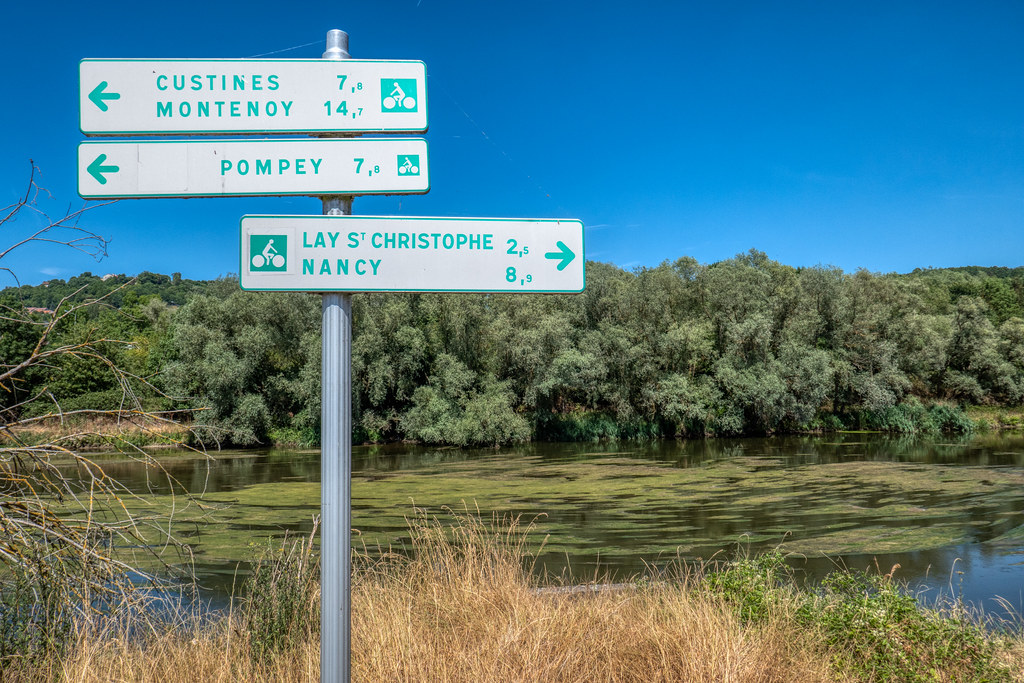
6. **Nancy’s Geographical Footprint and Urban Evolution**Nancy is strategically positioned on the left bank of the Meurthe River, approximately 10 kilometers upstream from its confluence with the larger Moselle River, a crucial waterway in northeastern France. Complementing this natural geography, the Marne–Rhine Canal gracefully traverses the city, running parallel to the Meurthe. This dual presence of river and canal has historically imbued Nancy with significant advantages for trade, transport, and defense, shaping its development as a regional hub.
The city’s elevation is modest, with its center situated at approximately 200 meters above mean sea level. This central plain is gently embraced by surrounding hills that rise to about 150 meters higher than the city core, providing a natural protective barrier and scenic vistas. While the area of Nancy proper is relatively compact, encompassing only 15 square kilometers, its built-up area forms a continuous urban fabric with its adjacent suburbs. These neighboring communes include Jarville-la-Malgrange, Laxou, Malzéville, Maxéville, Saint-Max, Tomblaine, Vandœuvre-lès-Nancy, and Villers-lès-Nancy, demonstrating a cohesive metropolitan expanse.
Historically, Nancy’s urban form was characterized by two distinct fortified towns until the 18th century. To the north stood the medieval Ville-Vieille, or Old Town, while to the south, the Ville-Neuve, or New Town, was founded in the late 16th century by Charles II (or III), the Great, Duke of Lorraine and the Bar, utilizing a modern grid plan. This dual structure persisted until 1750 when Stanislaus I, with a vision for integration, orchestrated the demolition of the walls that divided the two towns. He then commissioned the French architect Emmanuel Héré de Corny to design a new, unified, and well-planned town center, giving rise to the grandeur seen today.
Nancy’s urban footprint continued to expand significantly following the Franco-German War of 1870–71, and further throughout the 20th century. This growth reflected both demographic shifts, particularly with an influx of French-speaking emigrants, and the city’s increasing importance as an administrative, business, and cultural capital within Lorraine. This continuous evolution has resulted in a city that elegantly blends its ancient roots with modern infrastructure and planning.
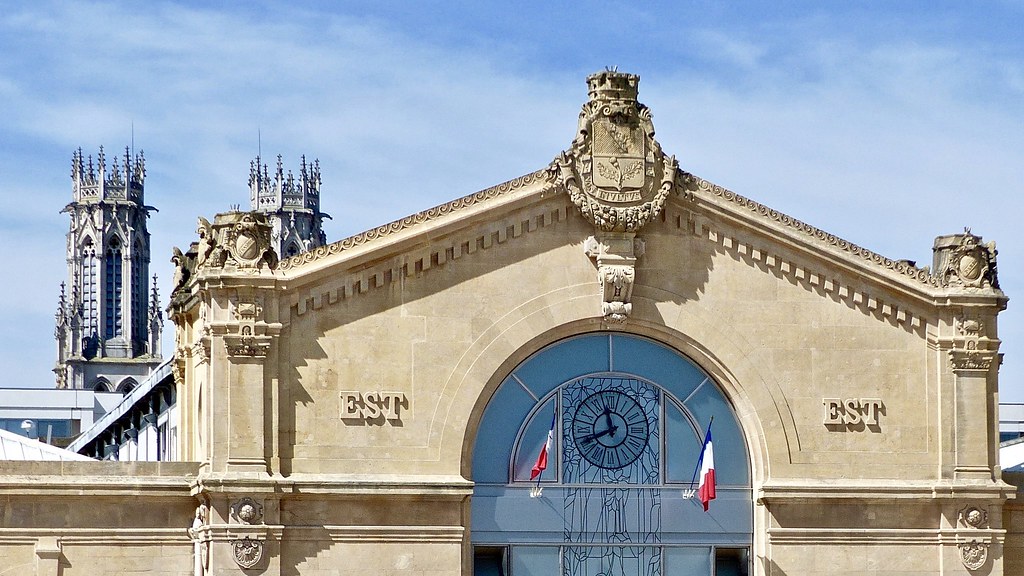
7. **The Distinctive Climate of Northeastern France**Nancy experiences an oceanic climate, classified as Cfb under the Köppen system, a designation shared by many larger French cities. However, its inland location lends it a slightly more extreme character than typical maritime climates. By the standards of France, it is often described as a “continental” climate, albeit one still influenced by the predominant westerly winds, which characterize much of the country’s weather patterns.
The temperatures in Nancy exhibit distinct variations typical of a temperate zone, observed both within the course of a day and across the different seasons, yet without reaching the severe extremes found in truly continental interiors. Winters are generally cold and tend to be dry, often bringing freezing conditions. Summers, while not consistently sunny, are sufficiently warm to be pleasant. The transitional season of autumn is frequently marked by mists, and the region generally experiences light and non-violent winds.
Precipitation in Nancy tends to be less abundant compared to the western parts of France, reflecting its more eastern, continental influence. The city’s average annual precipitation is recorded at 746.3 mm (29.38 inches) at the Nancy-Tomblaine meteorological station. In terms of sunshine, Nancy’s average annual hours are almost identical to those recorded in Paris, indicating a comparable amount of solar exposure. Furthermore, the number of snowy days per year, averaging 30.7, aligns closely with conditions experienced in Strasbourg, which provides a useful regional comparison for its weather characteristics.
Historical meteorological records reveal notable extremes for Nancy. The highest recorded temperature reached 40.1 °C (104.2 °F) in July, underscoring periods of significant summer heat. Conversely, the lowest recorded temperature, officially -26.8 °C (-16.2 °F), or even -30 °C in December 1879 according to some older sources, highlights the intensity of its winter cold, showcasing the full range of its distinctive northeastern French climate.
Read more about: Unveiling the Mediterranean: A Comprehensive Journey Through its History, Geography, and Enduring Significance
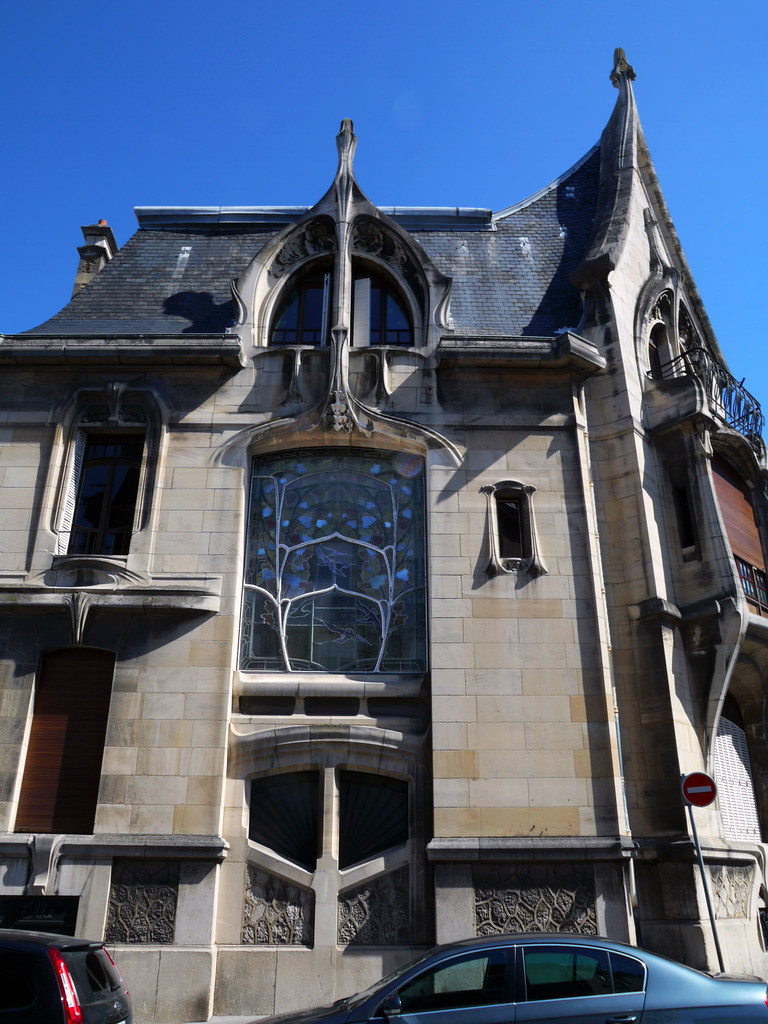
8. **The Flourishing Art Nouveau Movement: École de Nancy**At the turn of the 20th century, Nancy cemented its reputation as a major European center for the Art Nouveau movement, often rivaling Paris in artistic innovation. This vibrant period was largely driven by the collective efforts of the “École de Nancy,” a distinguished group of artists and architects spearheaded by the visionary glassmaster and furniture maker Émile Gallé. Their work profoundly influenced the city’s aesthetic landscape, earning Nancy the evocative nickname, “Capitale de l’Est.”
This artistic flourishing is meticulously preserved and celebrated within the city’s institutions. The Musée de l’École de Nancy, housed in the 1909 villa of Eugène Corbin—a prominent Nancy businessman and staunch supporter of Art Nouveau—offers a compelling testimony to the diversity of creative techniques practiced by artists of this school. Its collections feature exquisite furniture, objets d’art, glassware, stained glass, leatherwork, ceramics, and textiles from the period, showcasing the breadth of their collective genius.
Further reinforcing Nancy’s Art Nouveau legacy is the Musée des Beaux-Arts, which also holds significant collections from this influential movement, including works by acclaimed artists such as Émile Gallé, Louis Majorelle, Daum, and even a notable “Annunciation” painted in 1608 by Caravaggio. The architectural heritage itself speaks volumes, with numerous Art Nouveau buildings, predominantly banks and private homes, dotting the city’s urban fabric, serving as enduring testaments to this golden age of design and craftsmanship.
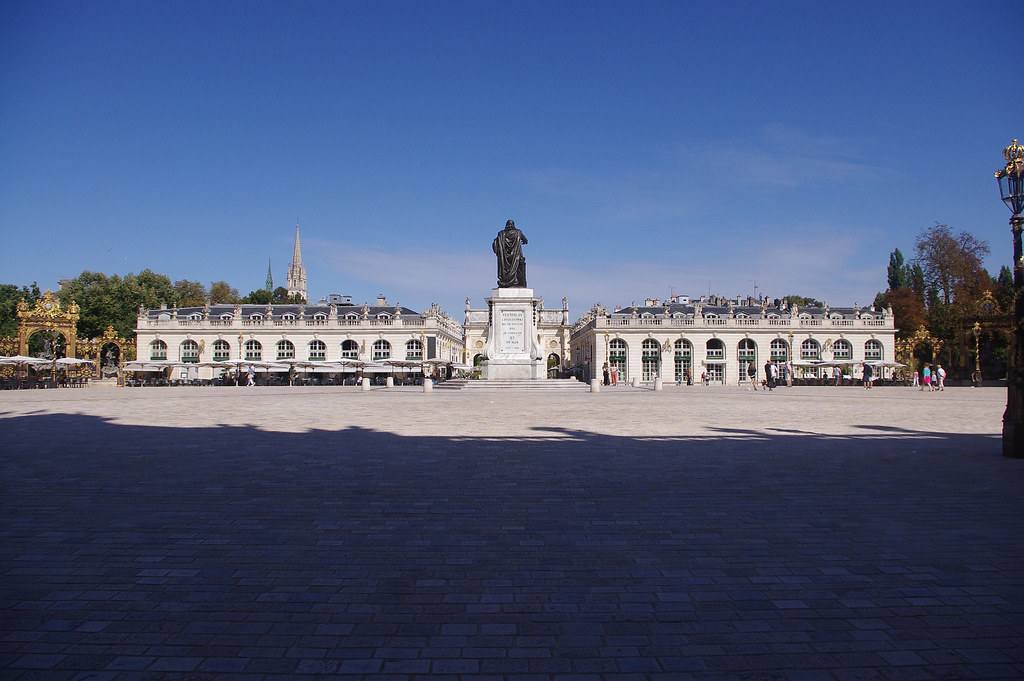
9. **Nancy’s Diverse Cultural Landscape: Museums and Performing Arts**Beyond its renowned Art Nouveau heritage, Nancy offers a rich and varied cultural tapestry, supported by a network of esteemed museums and vibrant performing arts venues. The city is dedicated to preserving and showcasing both its regional history and broader artistic achievements, ensuring a dynamic cultural life for residents and visitors alike.
Among its significant institutions is the Lorraine History Museum, housed within the historic Palace of the Dukes of Lorraine. This museum provides profound insights into the cultural heritage of the area, displaying a rich collection of regional art and folklore. It notably features works by Jacques Callot, a baroque graphics artist born in Nancy, and Georges de La Tour, further cementing its role in celebrating the duchy’s artistic past.
Additional cultural points of interest include the Aquarium and Natural History Museum of Nancy, offering educational insights into the natural world, and the Iron History Museum, which delves into the region’s industrial past. The city is also home to the Opéra national de Lorraine, a prominent center for performing arts, and maintains a comprehensive network of libraries, with the Bibliothèque municipale de Nancy serving as its central hub, underlining the city’s commitment to intellectual and artistic engagement.
Nancy is also recognized for its delightful local delicacies, particularly its famous macarons and bergamotes. These unique candies, flavored with bergamot essential oil, are more than just treats; they are an integral part of the city’s cultural identity, reflecting its historical ties to unique culinary traditions and artisanal craftsmanship. These distinct flavors offer a sensory experience that complements the city’s visual and historical charms.
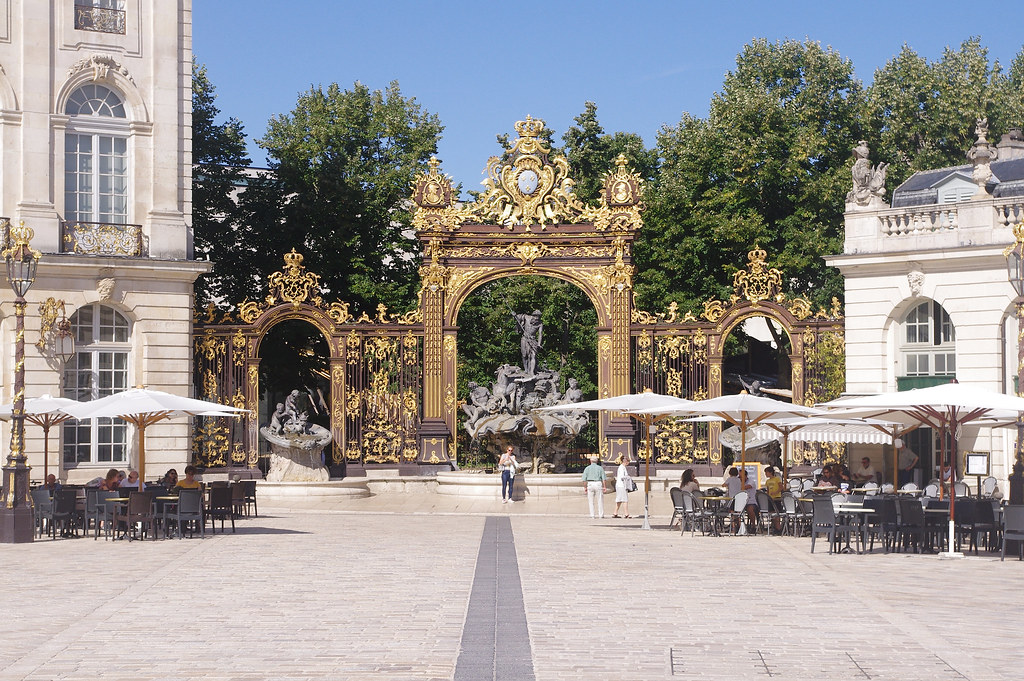
10. **Academic Excellence and Innovation: Universities and Research**Nancy stands as a significant educational and research hub, distinguished by a large number of institutions of higher learning that attract students and scholars from across France and beyond. This strong academic foundation fuels intellectual vibrancy and contributes substantially to the city’s reputation as a center of innovation, particularly in science and technology.
At the heart of this academic landscape is the University of Lorraine, formed by the merger of several historically significant institutions, including Henri Poincaré University (UHP, also known as Nancy 1), Nancy 2 University, and the European University Centre. This consolidated university offers a vast array of disciplines, fostering interdisciplinary research and comprehensive education that addresses modern challenges.
Complementing the University of Lorraine are numerous specialized engineering and business schools, each contributing to Nancy’s expertise in various fields. These include the National Polytechnic Institute of Lorraine (INPL), which encompasses prestigious schools such as École Nationale Supérieure des Mines de Nancy, École Nationale Supérieure des Industries Chimiques (ENSIC), École Nationale Supérieure d’Agronomie et des Industries Alimentaires (ENSAIA), École Européenne d’Ingénieurs en Génie des Matériaux (EEIGM), École Nationale Supérieure d’Électricité et de Mécanique (ENSEM), École Nationale Supérieure de Géologie, and École Nationale Supérieure en Génie des Systèmes et de l’Innovation (ENSGSI).
Further broadening the city’s educational offerings are institutions like Telecom Nancy (formerly ESIAL), École Polytechnique de l’Université de Lorraine (Polytech Nancy), École des Beaux-Arts de Nancy, École Nationale Supérieure d’Art de Nancy, the School of Architecture of Nancy (ENSA), École pour l’Informatique et les Nouvelles Technologies (EPITECH), ICN Graduate Business School, Sciences Po Paris (French-German Undergraduate Campus), Centre de Nancy-AgroParisTech, École Supérieure Robert de Sorbon, the French National School of Forestry (established in 1824), and Web@cademie. This extensive academic ecosystem is further enhanced by the Centre Hospitalier Régional Universitaire de Brabois, recognized as one of Europe’s main health centers and celebrated for its groundbreaking innovations in surgical robotics, embodying Nancy’s commitment to cutting-edge research and practical application.
Read more about: Howard University: A Storied Legacy of Leadership, Innovation, and Enduring Influence
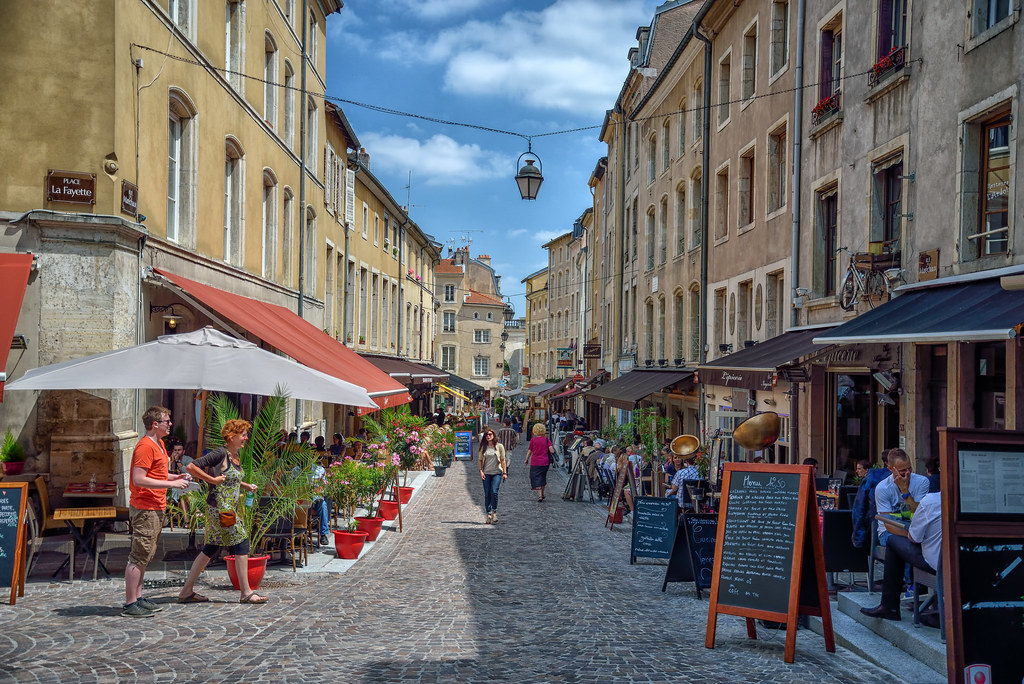
11. **A Dynamic Economic Hub: Industry, Tech, and Business**Nancy’s robust economic landscape positions it as a vital administrative and business capital within Lorraine and the wider Grand Est region. The city’s economic vitality is driven by a diverse range of sectors, blending historical industrial strengths with modern innovation, making it a significant contributor to the regional economy.
In recent decades, Nancy has embraced the burgeoning fields of information technology and biotechnology, with research and development firms playing an increasingly important role in the local economy. This focus on high-tech sectors underscores the city’s adaptability and forward-thinking approach, creating new opportunities and fostering a dynamic business environment.
Historically, Nancy has maintained strong associations with traditional heavy industries, including the chemical, metallurgical, and electrical sectors. These enduring industries continue to form a foundational component of the city’s economic structure, demonstrating a balance between its industrial heritage and its pursuit of contemporary economic growth. The city’s manufacturing legacy is also touched upon by historical firms such as Bellieni, a notable 19th and 20th-century camera maker.

12. **Modern Connectivity: Transport and Urban Infrastructure**Efficient transportation and robust urban infrastructure are critical to Nancy’s role as a regional hub, facilitating connectivity within France and across Europe. The city boasts a well-developed network that supports both passenger and freight movement, essential for its economic and social vitality.
At the core of Nancy’s rail connectivity is the Gare de Nancy-Ville, which provides direct high-speed rail links to Paris, greatly reducing travel times to the nation’s capital. Beyond this, the station offers crucial connections to Strasbourg, Luxembourg City via Metz, and even southern destinations like Nice via Lyon and Marseille, along with numerous regional services, integrating Nancy into the broader European rail network.
For air travel, the nearby Metz–Nancy–Lorraine Airport, strategically located between the two major cities, provides scheduled air service to various cities in France and select North African countries, enhancing the region’s accessibility for business and leisure travelers. Complementing these larger networks, the motorway A31 ensures efficient road connections, linking Nancy with Metz, Luxembourg, and Langres.
Within the urban area, public transport is expertly managed by the Service de Transport de l’Agglomération Nancéienne (STAN), operated by Keolis since 2019. The system comprises approximately 20 conventional bus routes and a unique trolleybus route. Notably, the Nancy trolleybus system, in operation since 1982, evolved to utilize Bombardier Transportation’s Guided Light Transit (GLT) technology from 2001 until early 2023, known as the Tram by STAN. This innovative system was later replaced by conventional unguided trolleybuses, which entered service on April 5, 2025, demonstrating the city’s continuous efforts to modernize its urban mobility solutions.
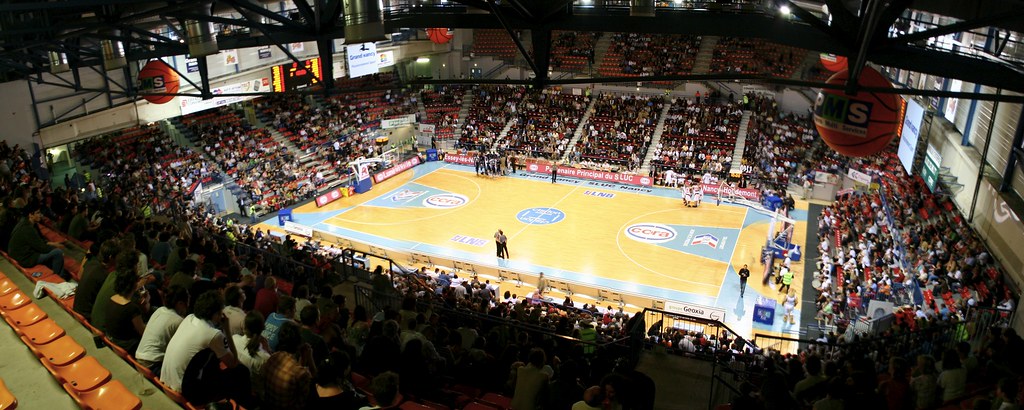
13. **Sporting Triumphs: The City’s Athletic Pride**Nancy proudly hosts two of Lorraine’s three professional sports clubs, showcasing a vibrant athletic spirit and a history of remarkable achievements. These clubs, AS Nancy-Lorraine in football and SLUC Nancy in basketball, contribute significantly to the city’s identity and unite its residents in collective pride and support.
AS Nancy-Lorraine, the city’s football club, boasts an impressive Hall of Fame, featuring legendary figures of French and international football. This includes triple-Ballon d’Or winner and former UEFA President Michel Platini, renowned manager Arsène Wenger, 1998 World Champion Aimé Jacquet, and 2000 European Champion Roger Lemerre. The club’s successes on the pitch are notable, including winning the French Cup in 1978, with captain Michel Platini scoring the decisive goal against Nice. More recently, AS Nancy-Lorraine secured the Coupe de la Ligue (French League Cup) in 2006 and achieved a commendable fourth place in the French football league during the 2007/2008 season.
SLUC Nancy, the city’s professional basketball team, has also achieved significant recognition. The club claimed the last Korac European Cup in 2002, a testament to its prowess on the international stage. Domestically, SLUC Nancy reached the finals of the French basketball championship (Pro A) four consecutive times, ultimately clinching its first championship trophy in 2008. Their successes also include winning the “Semaine des As” in 2005 and being crowned champion of the second league (Pro B) in 1994, solidifying Nancy’s reputation as a formidable force in French basketball.
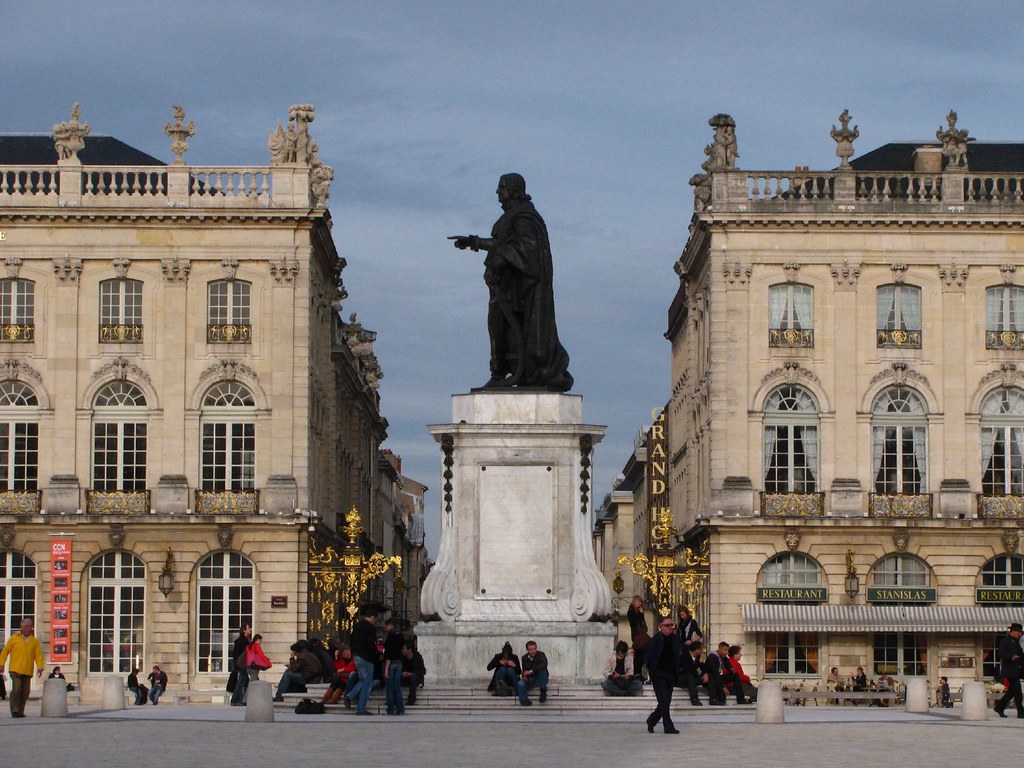
14. **The Enduring Symbols: Nancy’s Heraldry and Motto**The identity of Nancy is powerfully encapsulated in its unique heraldic symbols, particularly its coat of arms, which weaves together centuries of history, resilience, and regional pride. At the heart of this emblem is the thistle, a symbol originally associated with the Virgin Mary and later adopted by René of Anjou and his descendant René II, Duke of Lorraine.
Distinct from the Scottish thistle, the Lorraine thistle is invariably depicted with its roots, signifying deep connection to the land and an enduring spirit. During the protracted conflicts against Burgundy, the thistle evolved into a powerful emblem for the people of Lorraine as a whole, representing their fierce independence. Its official integration into the city’s coat of arms occurred in 1575, a pivotal moment when Charles III, Duke of Lorraine, granted Nancy its distinct heraldic identity.
The evolution of Nancy’s coat of arms further reflects its historical journey. Initially featuring a “chief of Lorraine”—the upper part displaying the ducal arms of three alerions on a red bend—it later developed into a more complex chief. This intricate design now gathers the arms of the former possessions of the Dukes of Lorraine, including the Kingdoms of Hungary, Naples, Jerusalem, and the Crown of Aragon in the upper row, and the Duchies of Anjou, Guelders, Jülich, and the County of Bar in the lower row, all surrounding the inescutcheon bearing the coat of arms of Lorraine itself.
Complementing the visual symbolism is Nancy’s stirring motto: “Non inultus premor,” Latin for ‘I am not injured unavenged.’ This motto, adopted in 1616 from its earlier French iteration “Nul ne s’y frotte” (‘no one attacks it’), echoes the sentiment of the Scottish motto “Nemo me impune lacessit” and reinforces the thistle’s symbolism of defiant resilience. The coat of arms is further adorned with the prestigious Legion of Honour, awarded after World War I, and the War Crosses 14–18 and 39–45, honoring the city’s courage and sacrifices in major conflicts, solidifying its place in the annals of French and European history.
From its ancient foundations to its modern dynamism, Nancy stands as a city that has consistently transcended its historical challenges, emerging as a beacon of culture, innovation, and enduring heritage. Its story is a testament to the resilience of its people and the visionary leadership that has shaped its remarkable urban landscape and intellectual prowess. As the “capital of Eastern France,” Nancy continues to captivate, offering a profound journey through time and a vibrant glimpse into the future of European regional identity.



